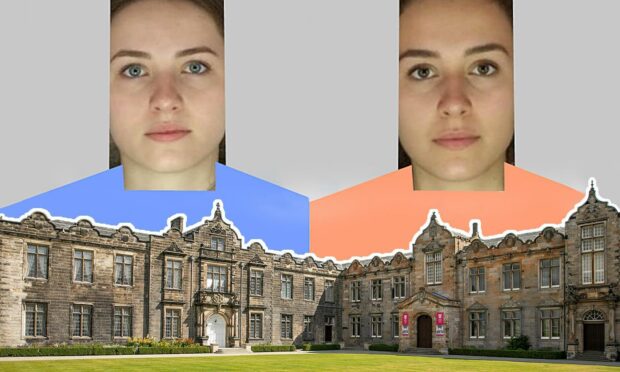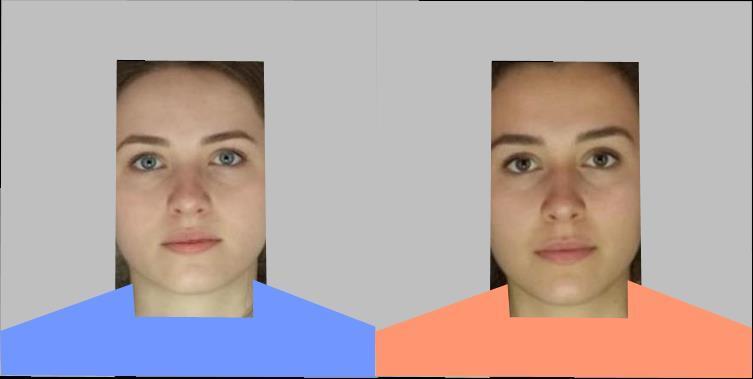Experts at St Andrews University have found the “first scientific evidence” that a person’s complexion determines the colour of clothing that suits them.
New research led by the School of Psychology and Neuroscience has uncovered the colours that suit different skin tones.
Scientists found people have strong preferences for red and blue clothing.
Participants in the research favoured blue hues to match fair skin and warm orange/red hues to match tanned skin.
First scientific proof
There is extensive fashion stylist advice on clothing colours that considers personal categories depending on skin, hair and eye colour.
However, these categories have not been defined scientifically and the St Andrews team say advice is often inconsistent across different stylists.
Researchers speculated that colour-matching might come from the association between warm climates and a darker complexion.
They wanted to test the idea that people subconsciously associate blue colours with a cooler climate, where there are more fair-skinned individuals.
The findings have been published in the journal Perception/i-Perception.
Professor David Perrett, lead scientist, said: “Our study used 12 facial images of white women captured under standard lighting: six were fair-skinned, six were more tanned.
“Measurements confirmed that the tanned group had skin that was darker and more yellow, reflecting higher levels of the skin pigment melanin.
“We recruited 160 participants to provide their opinions on what colours suited the different faces.
“Using custom software, participants could alter the colour of simulated clothing to suit each of the 12 target faces.
“We gave participants a whole spectrum of colours to choose from. In addition, the colours could be adjusted in brightness or in saturation (vividness).
“Despite the complete range of hues available, participants tended to focus their choice on blues and orange/reds.
“To our surprise, there was also was good agreement from the public about which colours went best with which complexion – 75% of participants thought blue hues looked better on women with a fair complexion, while orange/reds were selected for women with a darker complexion.”
‘Industry worth trillions’
Dr Reiner Sprengelmeyer, from the School of Psychology and Neuroscience, came up with the idea to examine the link between skin colour and clothing colour.
He said: “Clothing is important to self-esteem and psychological health.
“Finding out rules that help people look their best is therefore important.
“Indeed, the global fashion industry is worth trillions of dollars, and colour is a major factor in choice of garments.”












